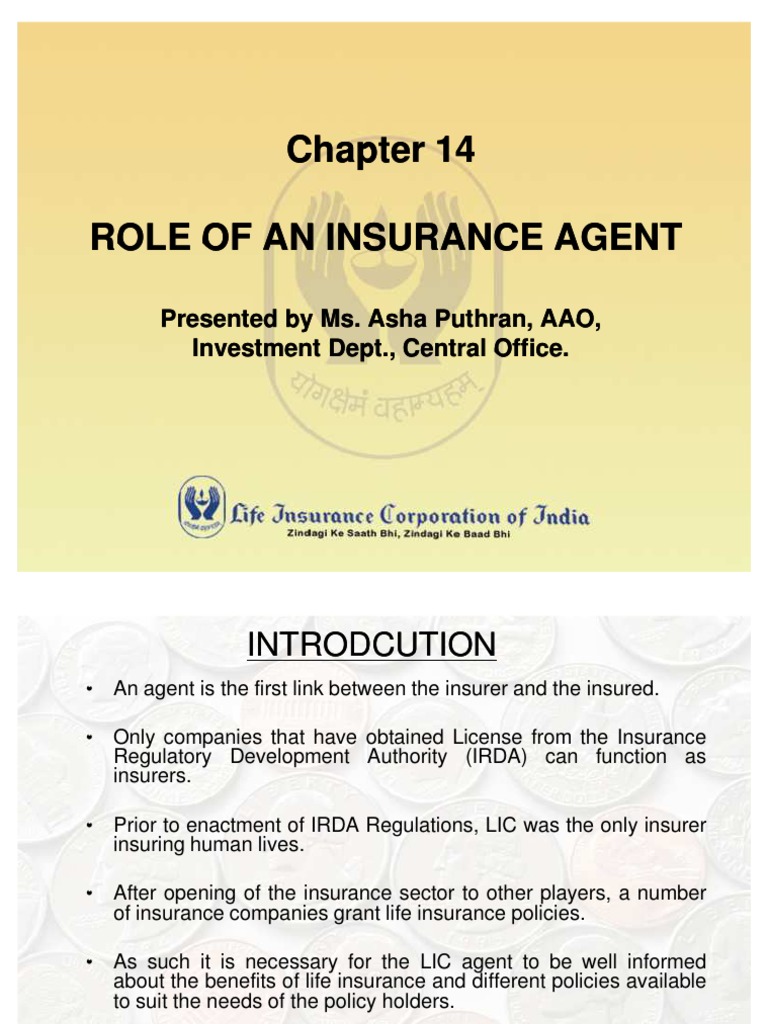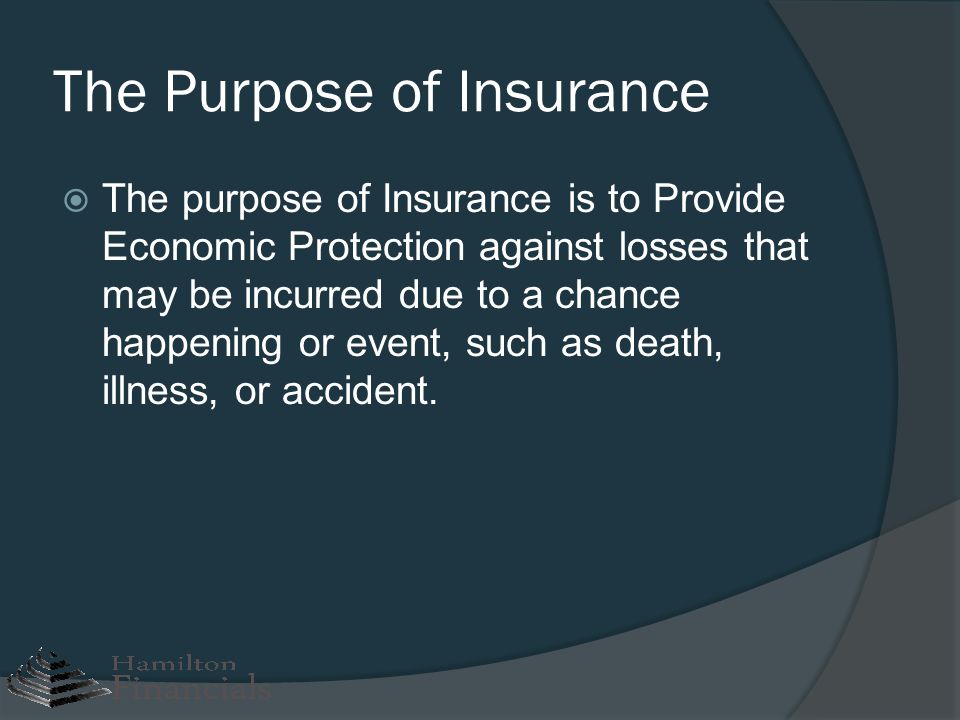The Main Principles Of Pacific Prime
The Main Principles Of Pacific Prime
Blog Article
Pacific Prime Things To Know Before You Buy
Table of ContentsThe smart Trick of Pacific Prime That Nobody is Talking AboutThe 5-Minute Rule for Pacific PrimeAn Unbiased View of Pacific PrimeUnknown Facts About Pacific PrimePacific Prime for Beginners

This is because the data were accumulated for a period of solid financial performance. Of the approximated 42 million people that were without insurance, all however about 420,000 (concerning 1 percent) were under 65 years of age, the age at which most Americans end up being qualified for Medicare; 32 million were adults between ages 18 and 65, about 19 percent of all grownups in this age team; and 10 million were children under 18 years of age, regarding 13.9 percent of all youngsters (Mills, 2000).
These estimates of the number of individuals uninsured are produced from the yearly March Supplement to the Existing Population Study (CPS), conducted by the Census Bureau. Unless otherwise noted, nationwide estimates of individuals without health and wellness insurance coverage and proportions of the population with various sort of protection are based upon the CPS, one of the most widely used source of price quotes of insurance policy coverage and uninsurance rates.
Pacific Prime for Dummies

Still, the CPS is specifically valuable due to the fact that it generates yearly estimates relatively quickly, reporting the previous year's insurance policy protection estimates each September, and because it is the basis for a consistent collection of price quotes for greater than two decades, permitting analysis of trends in coverage in time. For these factors, along with the considerable usage of the CPS in other studies of insurance policy protection that exist in this check my blog report, we depend on CPS price quotes, with restrictions noted.

The estimate of the variety of uninsured individuals expands when a populace's insurance standing is tracked for several years. Over a three-year duration beginning early in 1993, 72 million people, 29 percent of the united state populace, were without coverage for at the very least one month. Within a solitary year (1994 ), 53 million people experienced at the very least a month without insurance coverage (Bennefield, 1998a)
6 out of every ten without insurance adults are themselves employed. Although functioning does boost the probability that a person and one's member of the family will have insurance, it is not a warranty. Even participants of households with two full time wage income earners have practically a one-in-ten opportunity of being uninsured (9.1 percent without insurance rate) (Hoffman and Pohl, 2000).
Pacific Prime Things To Know Before You Get This
New immigrants make up a significant percentage of people without health and wellness insurance. One analysis has attributed a substantial section of the recent growth in the size of the U.S. without insurance populace to immigrants that arrived in the country in between 1994 and 1998 (Camarota and Edwards, 2000). Current immigrants (those that concerned the USA within the previous 4 years) do have a high price of being without insurance (46 percent), yet they and their children make up just 6 percent of those without insurance coverage country wide (Holahan et al., 2001).
The partnership in between medical insurance and access to care is well established, as documented later in this phase. The relationship between wellness insurance coverage and wellness results is neither direct nor simple, an extensive scientific and health and wellness services study literary works links health and wellness insurance coverage to better accessibility to care, better top quality, and enhanced personal and population wellness condition.
Levels of analysis for examining the impacts of uninsurance. It focuses particularly on those without any type of wellness insurance coverage for any kind of length of time.
Everything about Pacific Prime
The issues dealt with by the underinsured are in some aspects comparable to those encountered by the without insurance, although they are typically less extreme. Wellness insurance policy, nevertheless, is neither required neither adequate to gain accessibility to clinical services. The independent and direct effect of wellness insurance policy coverage on accessibility to health and wellness services is well established.
Others will certainly acquire the health treatment they need even without medical insurance, by paying for it expense or seeking it from service providers who offer treatment totally free or at very subsidized rates. For still others, health insurance alone does not make certain receipt of treatment as a result of various other nonfinancial barriers, such as a lack of health and wellness care suppliers in their community, restricted accessibility to transportation, illiteracy, or etymological and cultural differences.
Everything about Pacific Prime
Official research study regarding without insurance populations in the USA dates to the late 1920s and very early 1930s when the Board on the Cost of Treatment produced a series of records concerning funding physician office brows through and hospitalizations. This problem came to be significant as the varieties of medically indigent climbed up throughout the Great Depression.
Report this page